I'm trying to add legends with arbitrary text in a ggvis plot using data from different dataframes. I have tried using add_legend() but I have not idea about what parameters to use. Using plot() is very simple using the legend() function but it has been very hard to find a way to do it using ggvis()
Here is a simple example of what I have using plot():
df1 = data.frame(x = sample(1:10), y = sample(1:10))
df2 = data.frame(x = 1:10, y = 1:10)
df3 = data.frame(x = 1:10, y = sqrt(1:10))
plot(df1)
lines(df2$x, df2$y, col = "red")
lines(df3$x, df3$y, col = "green")
legend("topleft", c("Data 2","Data 3"), lty = 1, col = c("red","green"))
Now, using ggvis() I can plot the points and the lines from different datasets but I can not find a way to put the legends using add_legend(), Here is the code using ggvis():
df1 %>% ggvis(x=~x,y=~y) %>% layer_points() %>%
layer_paths(x=~x,y=~y,data = df2, stroke := "red") %>%
layer_paths(x=~x,y=~y,data = df3, stroke := "green")
I will really appreciate any help.
Thank you.
Edited:
This a sample code using only one data frame and plot()
df = data.frame(x = sample(1:10), y = sample(1:10), x2 = 1:10, y2 = 1:10, y3 = sqrt(1:10) )
plot(df[,c("x","y")])
lines(df$x2, df$y2, col = "red")
lines(df$x2, df$y3, col = "green")
legend("topleft", c("Data 2","Data 3"), lty = 1, col = c("red","green"))

